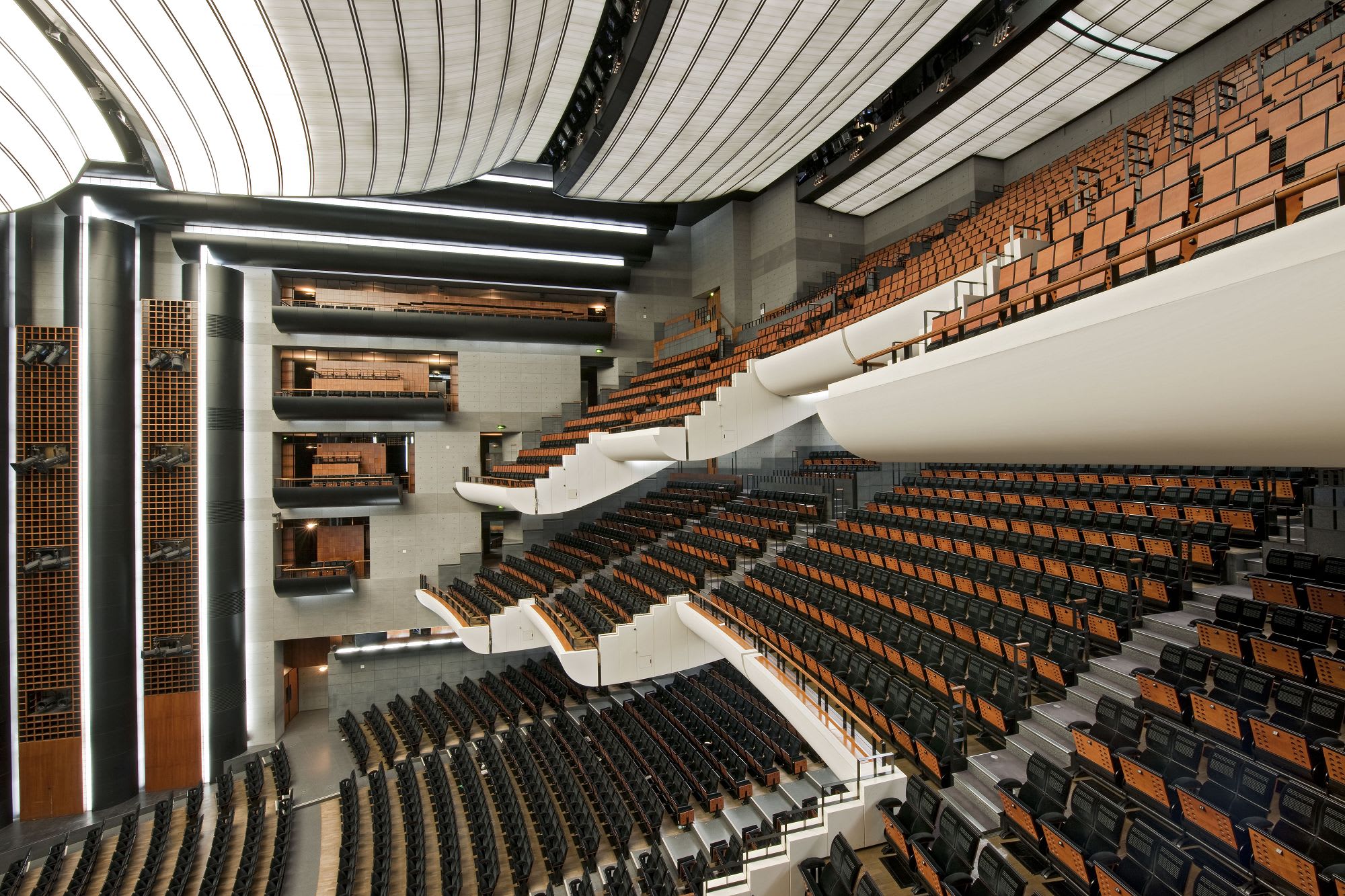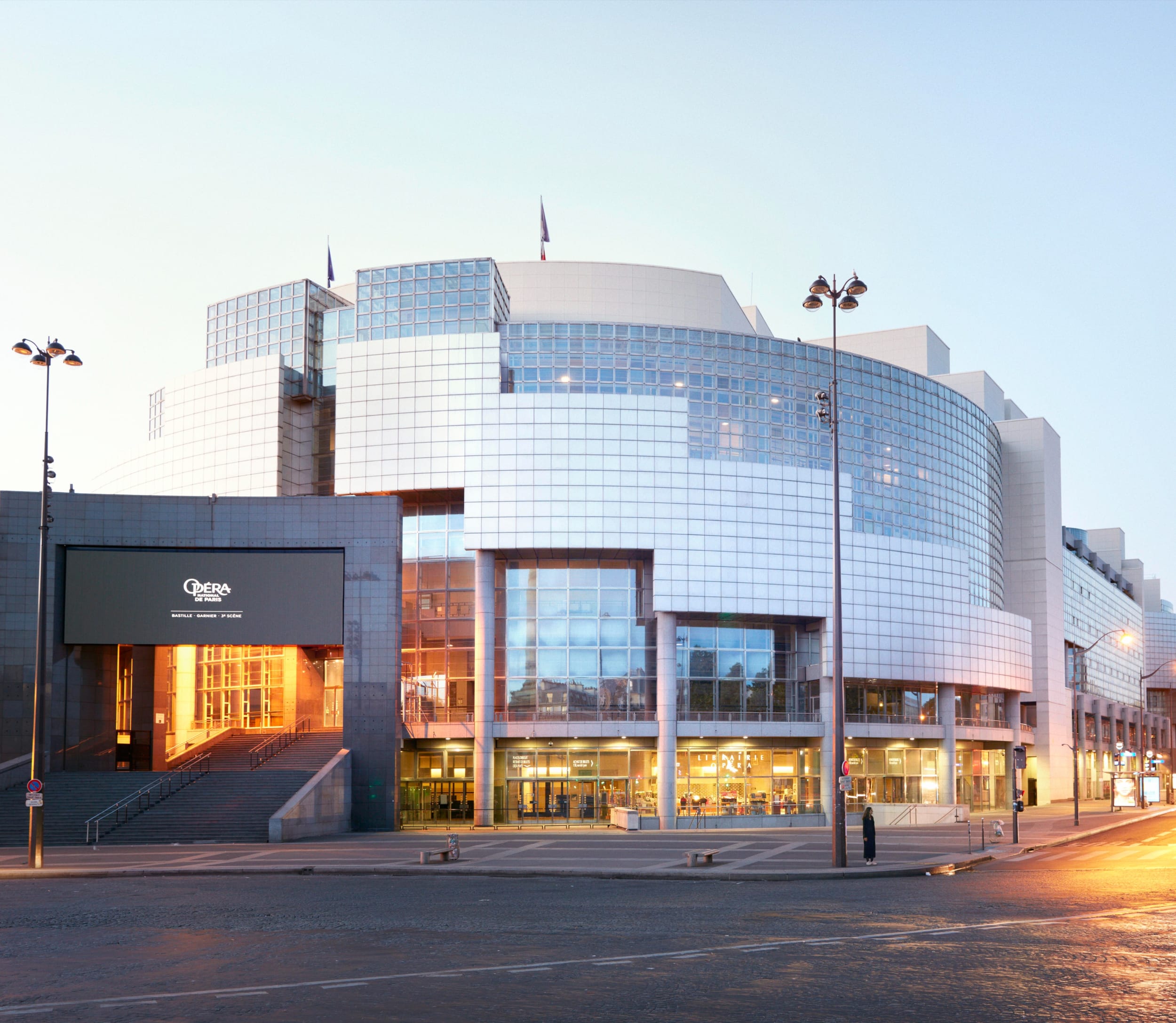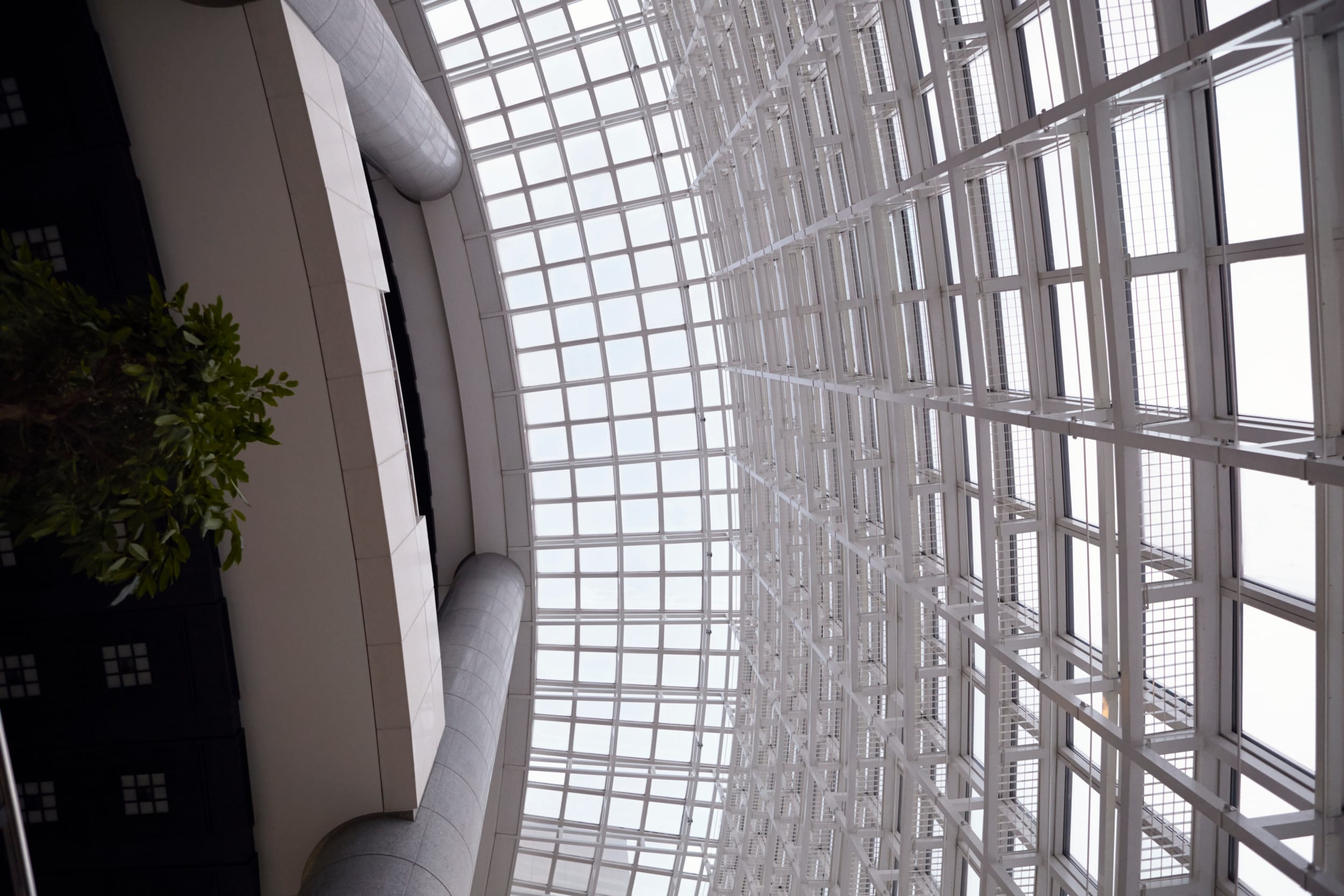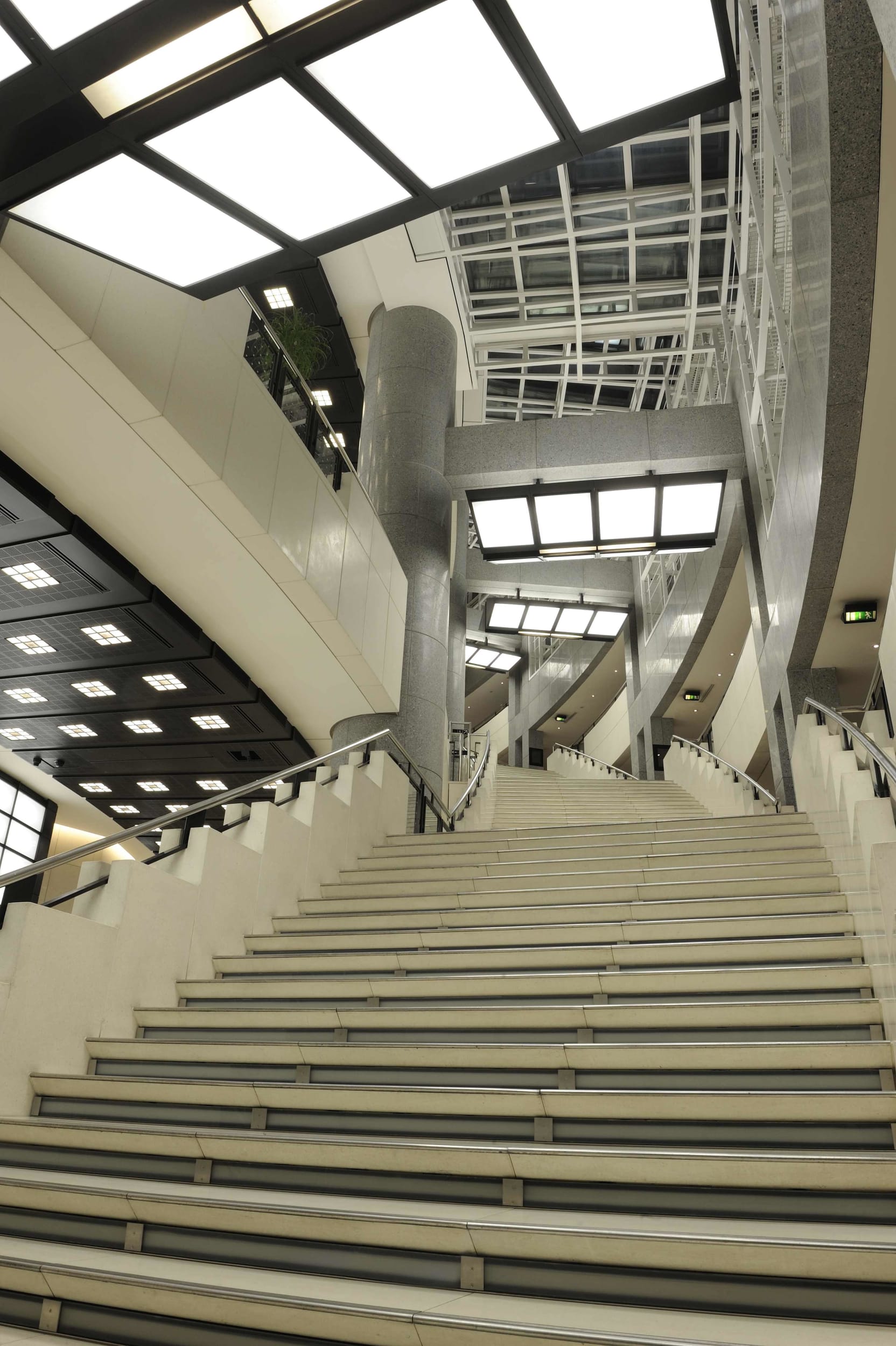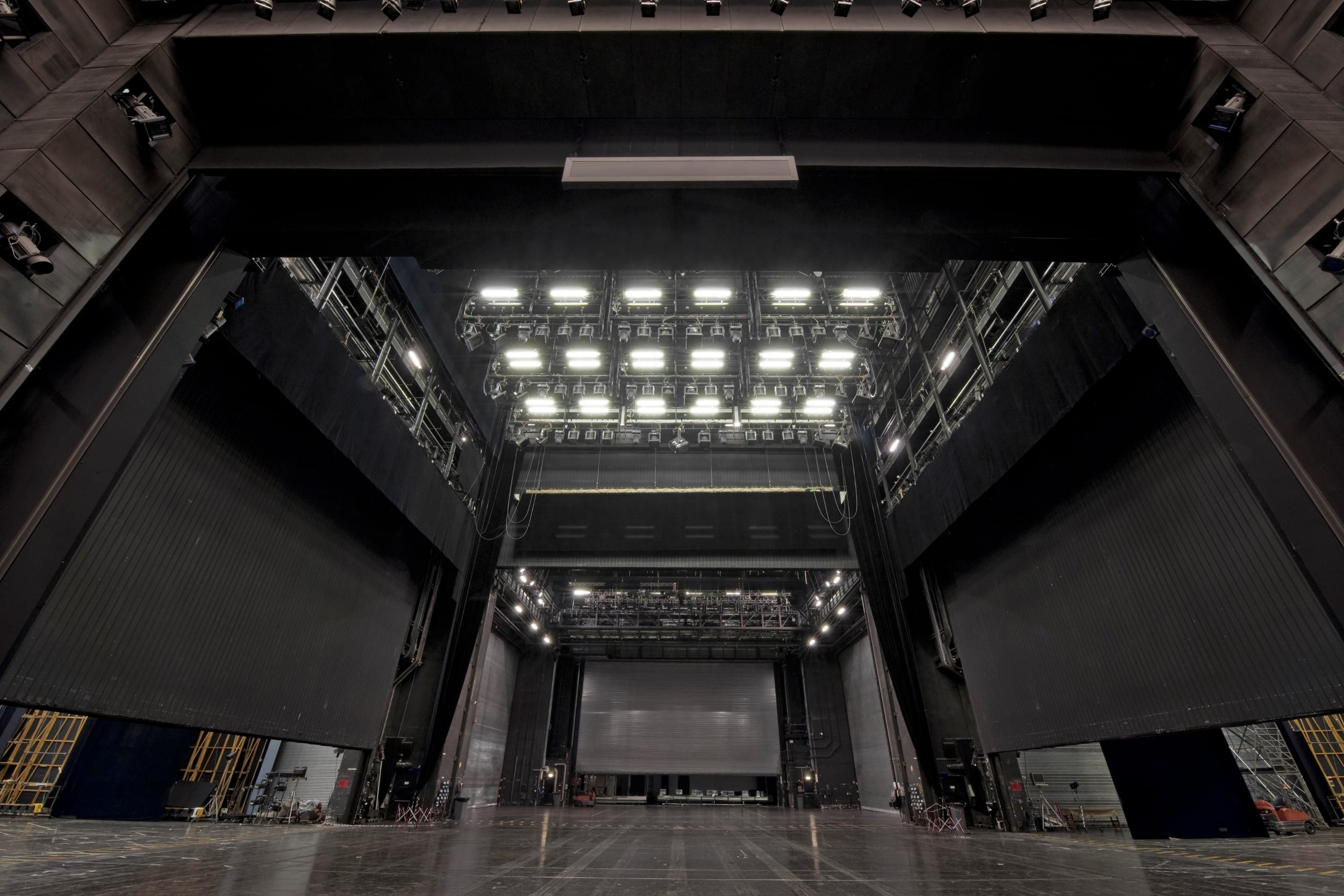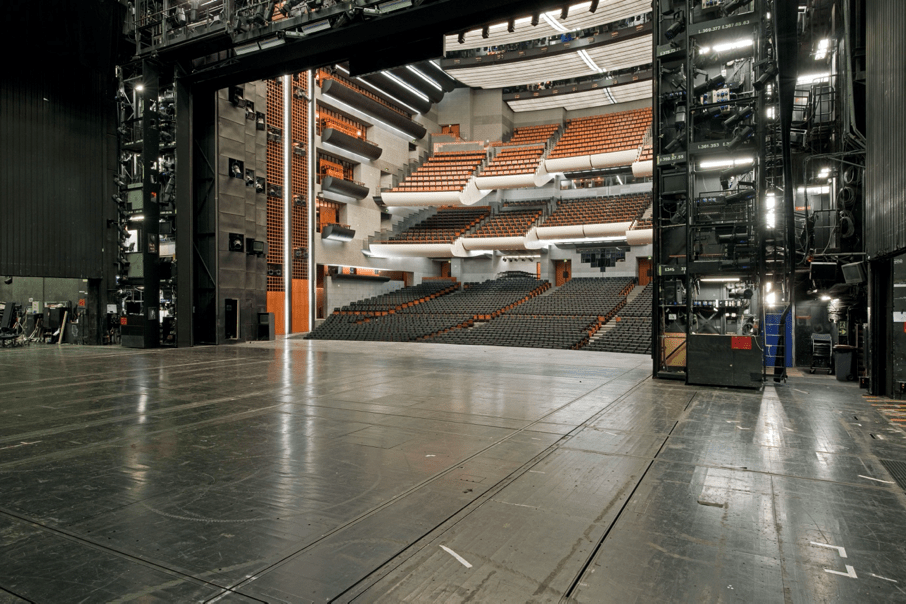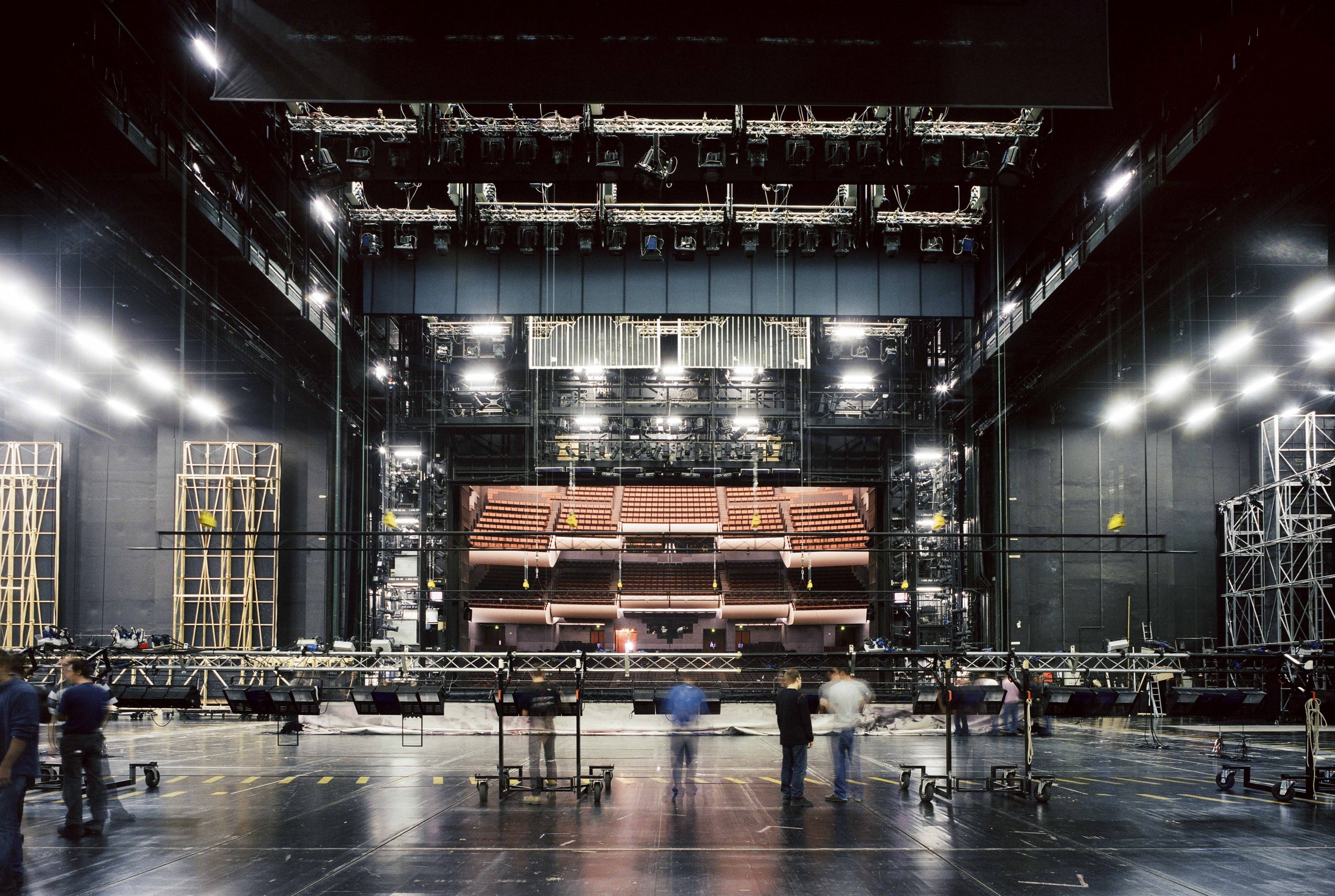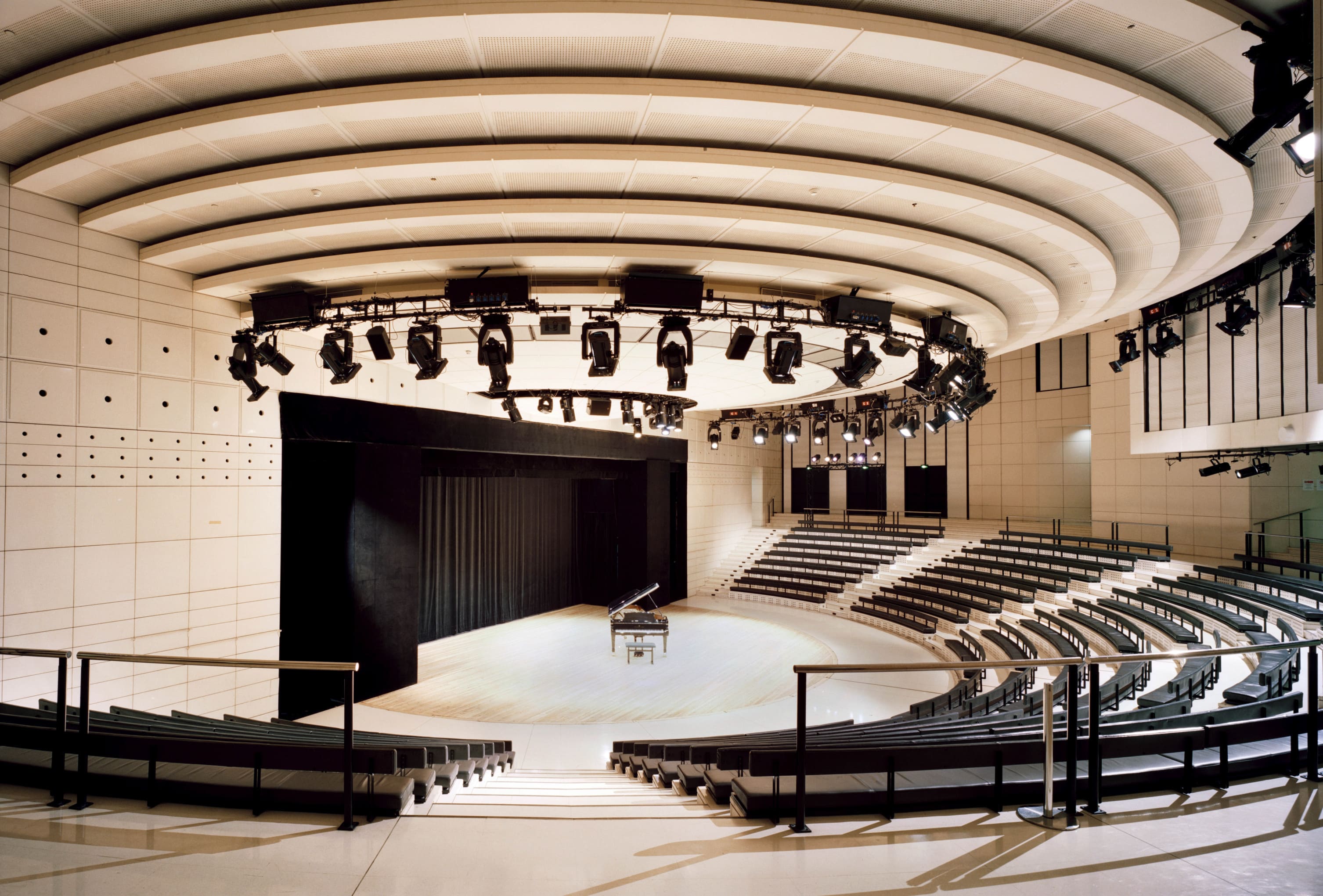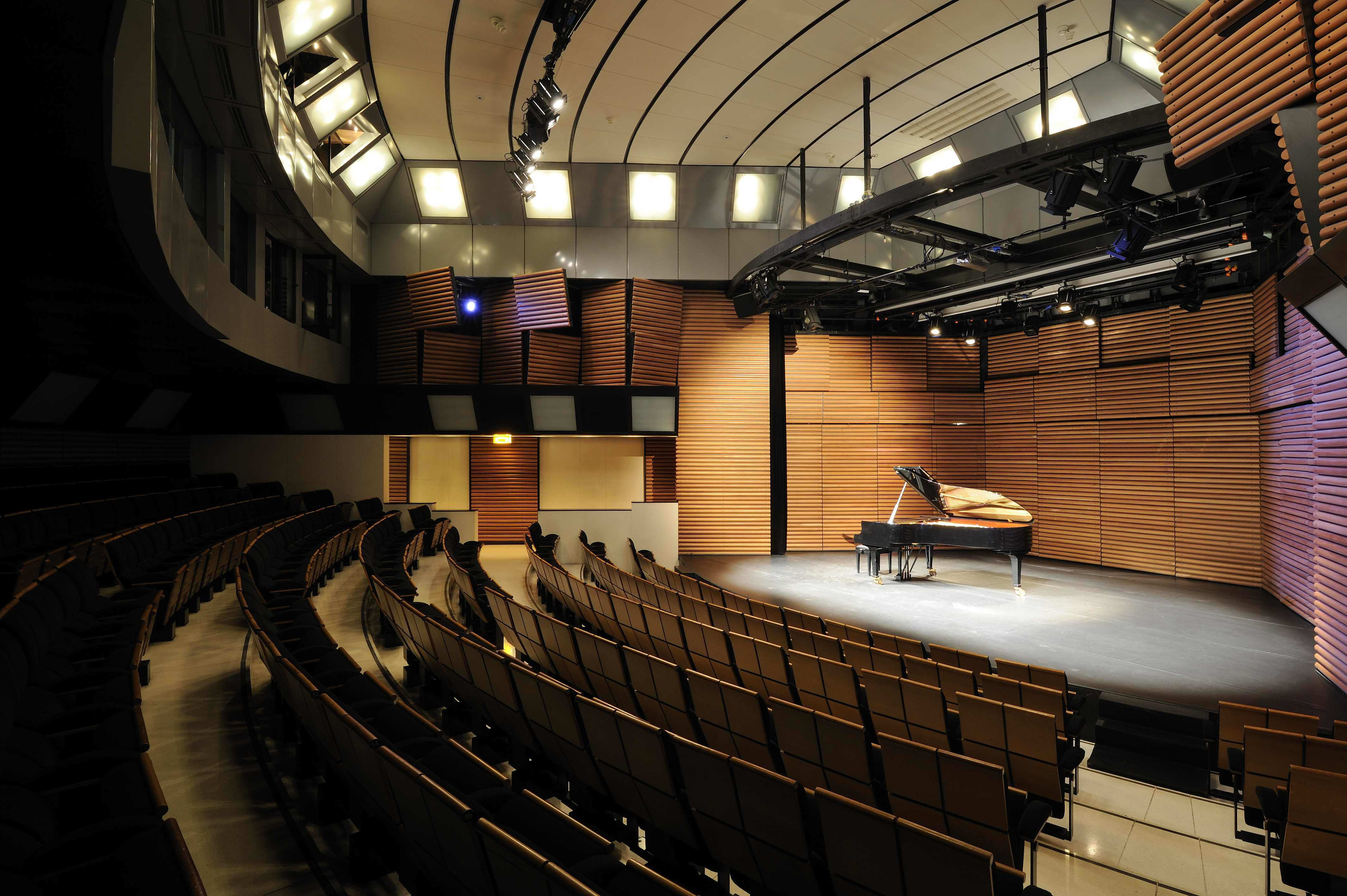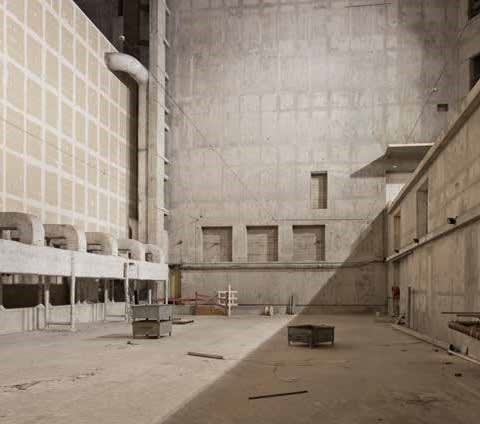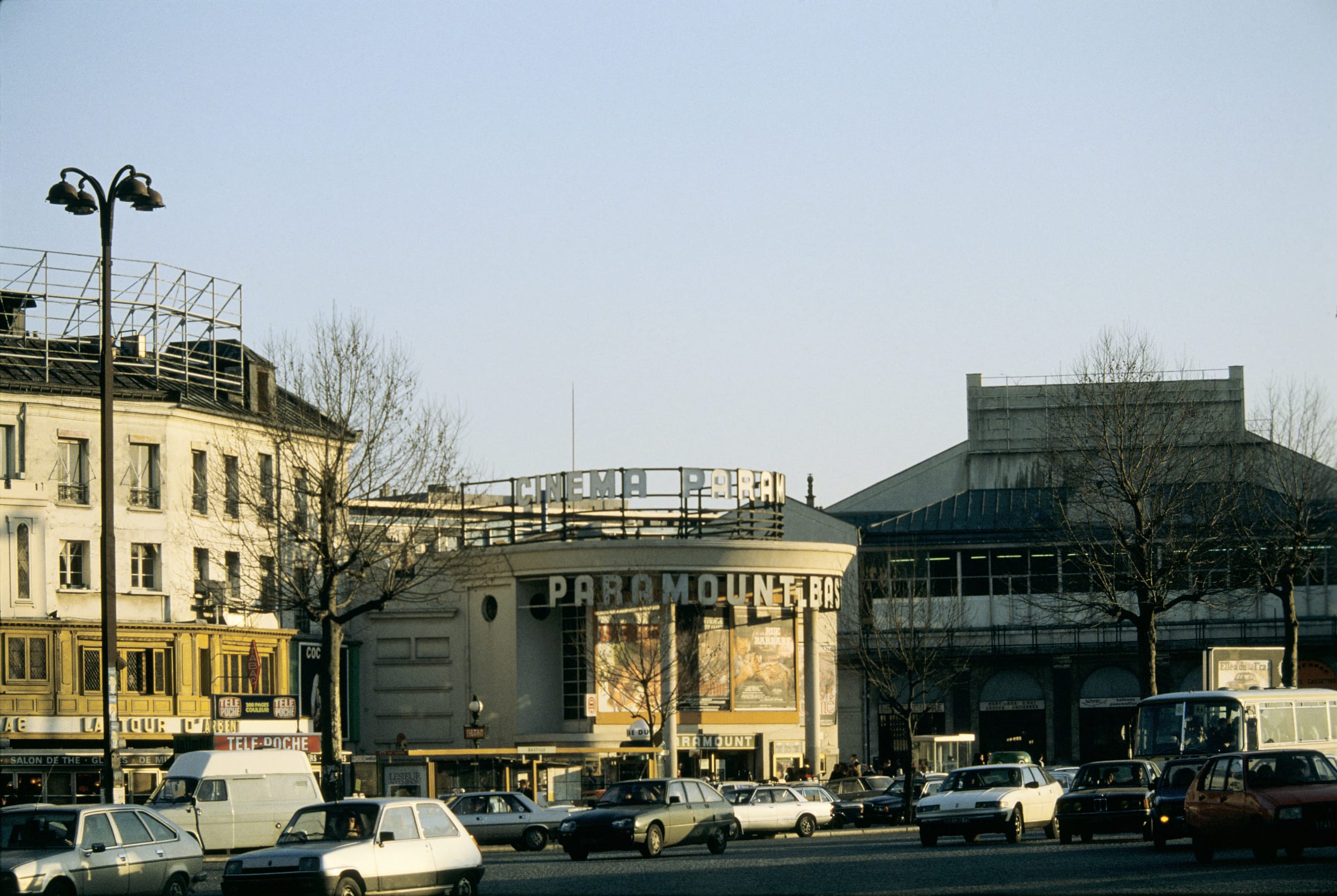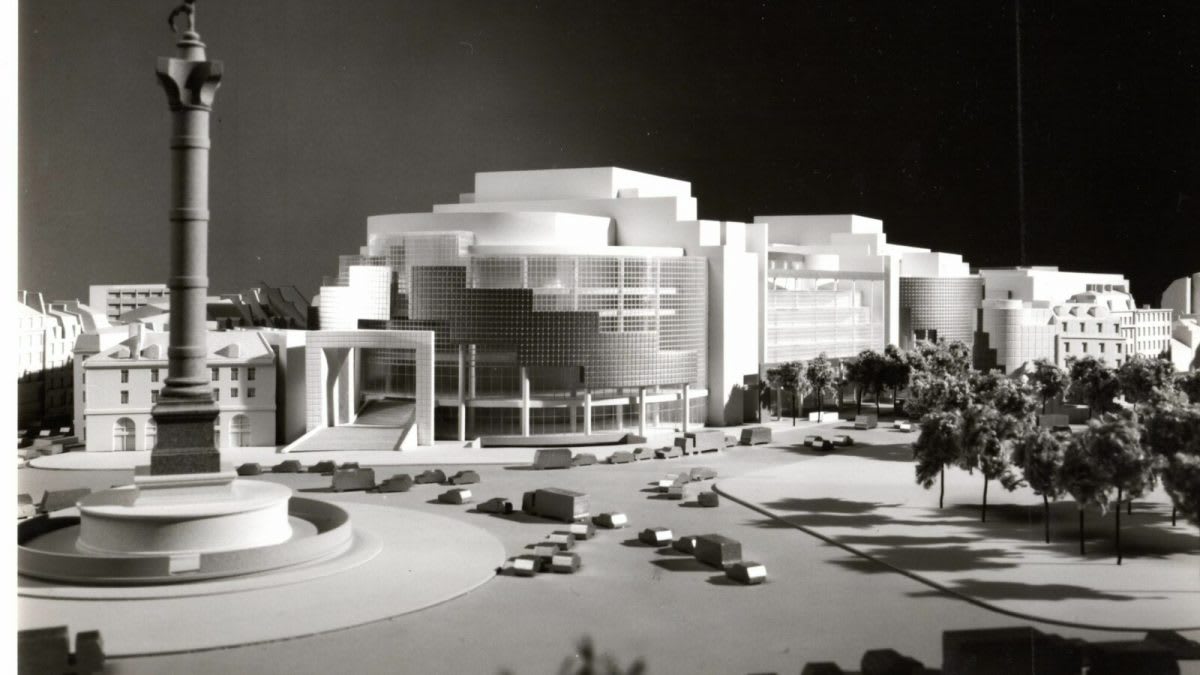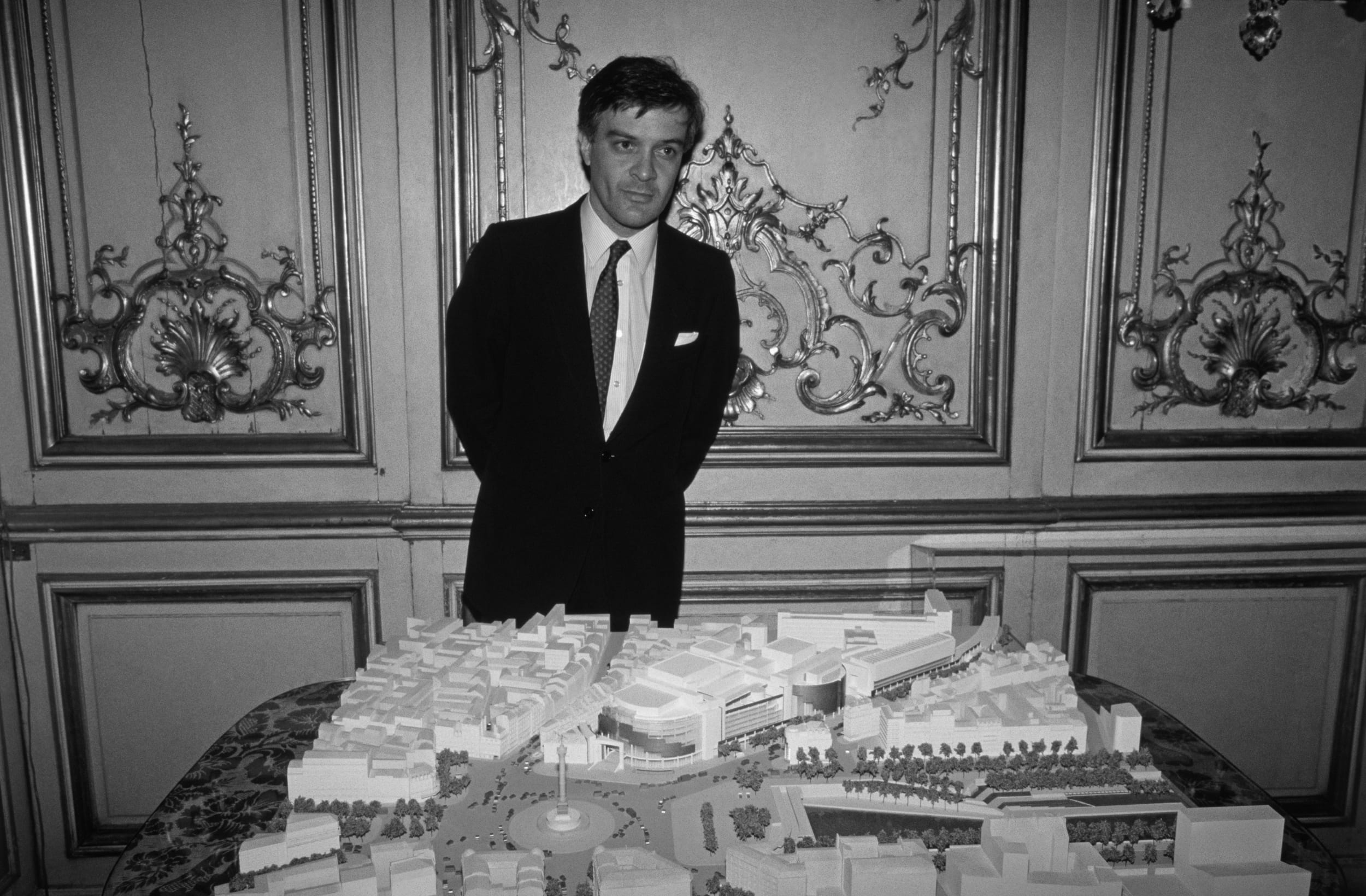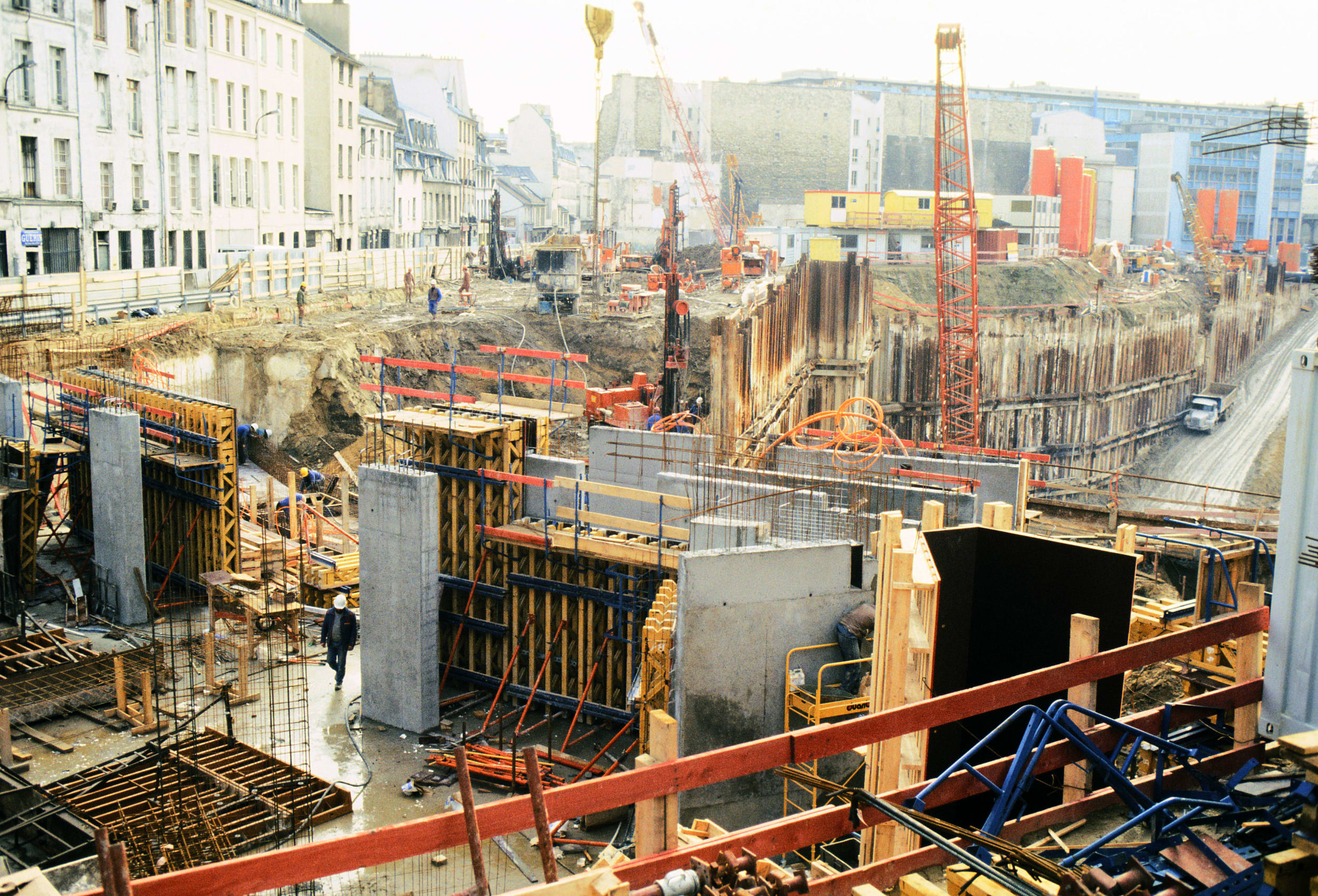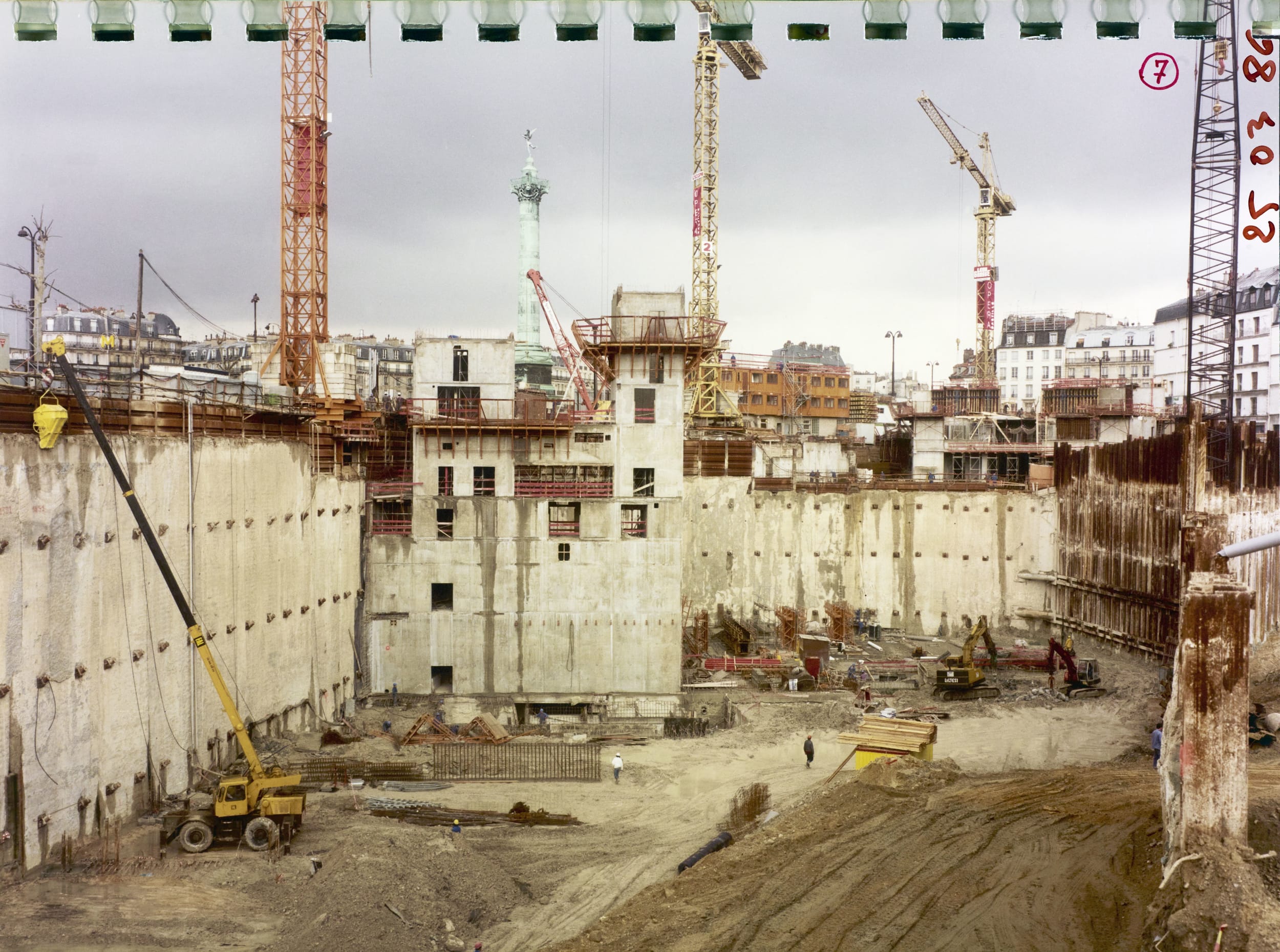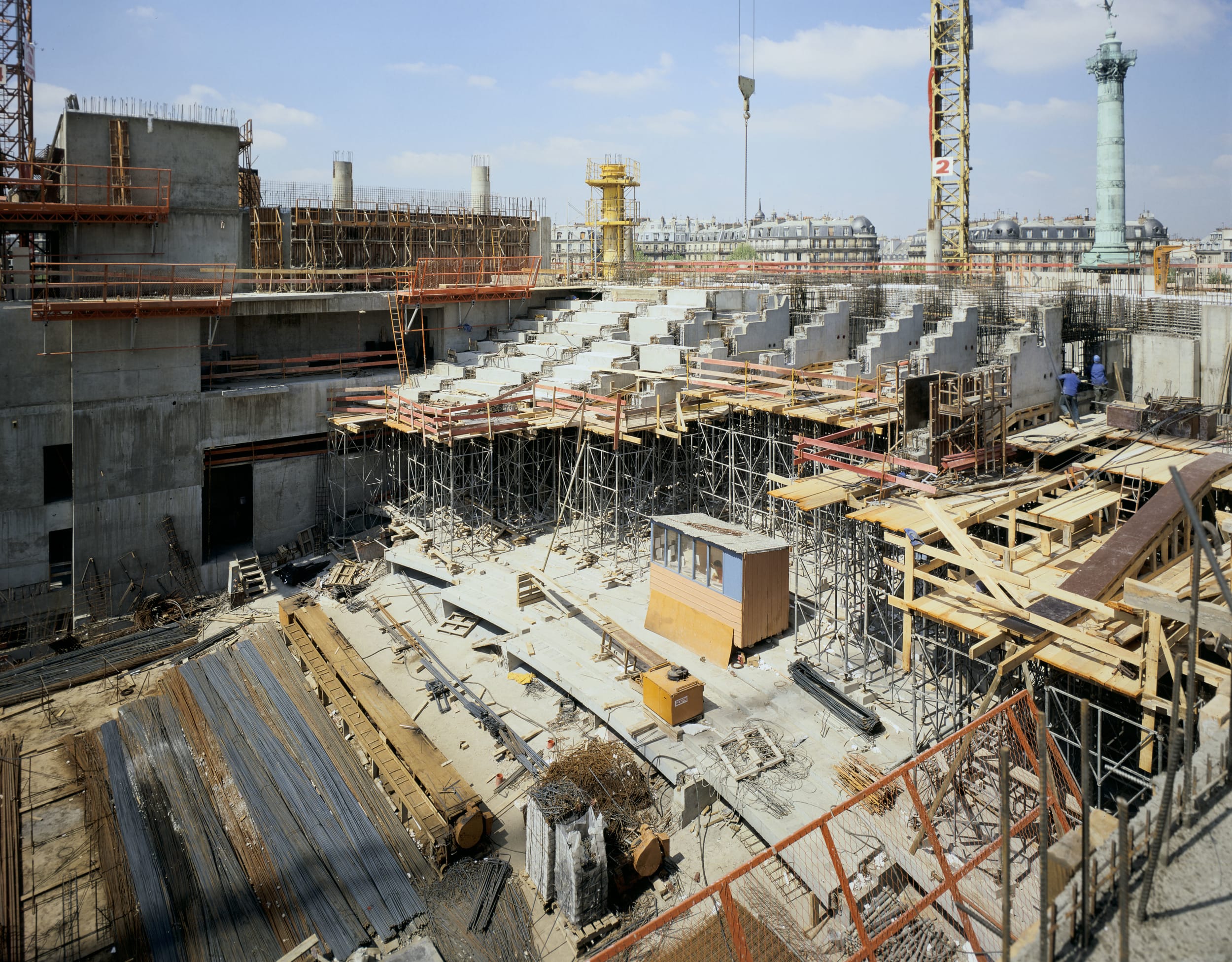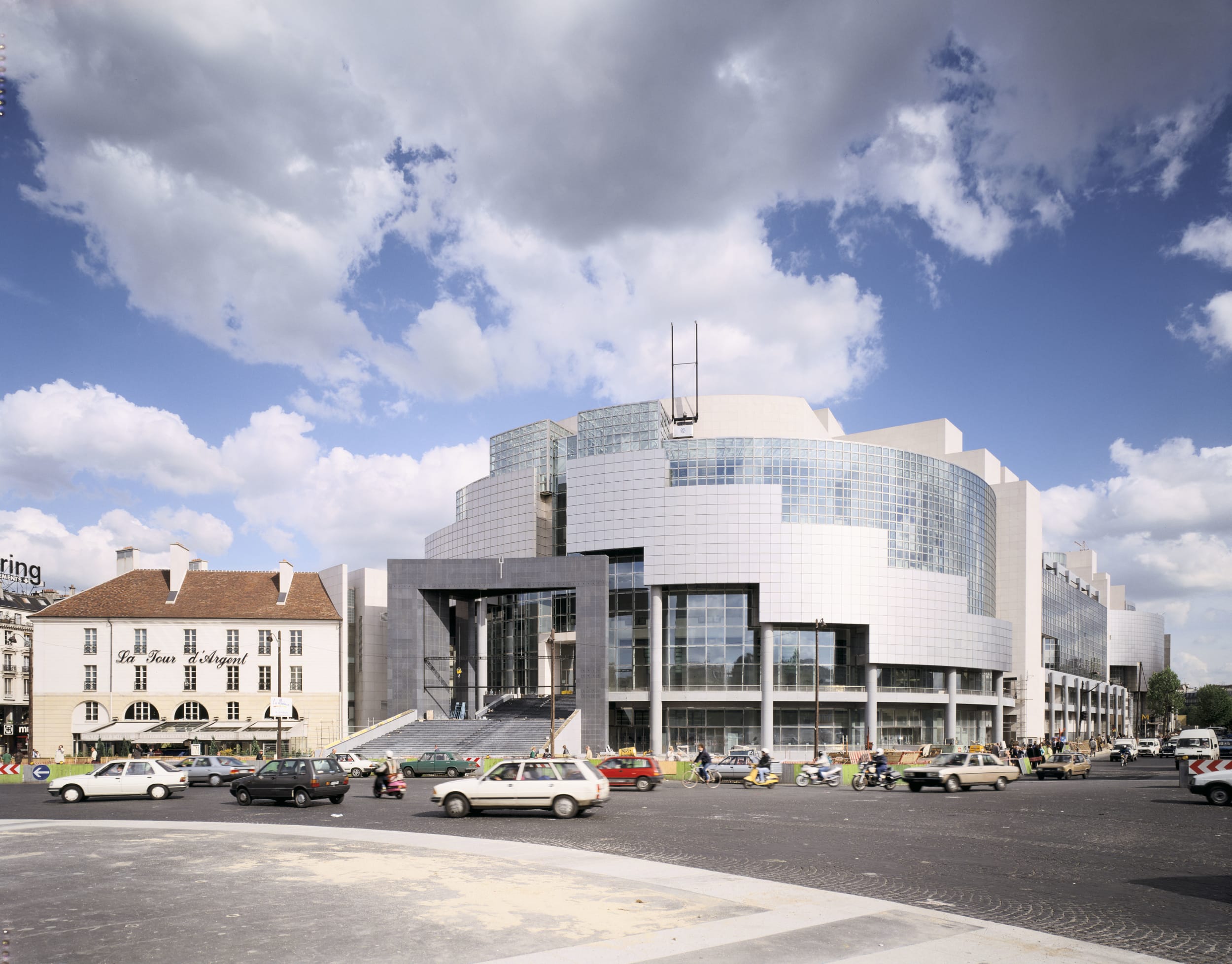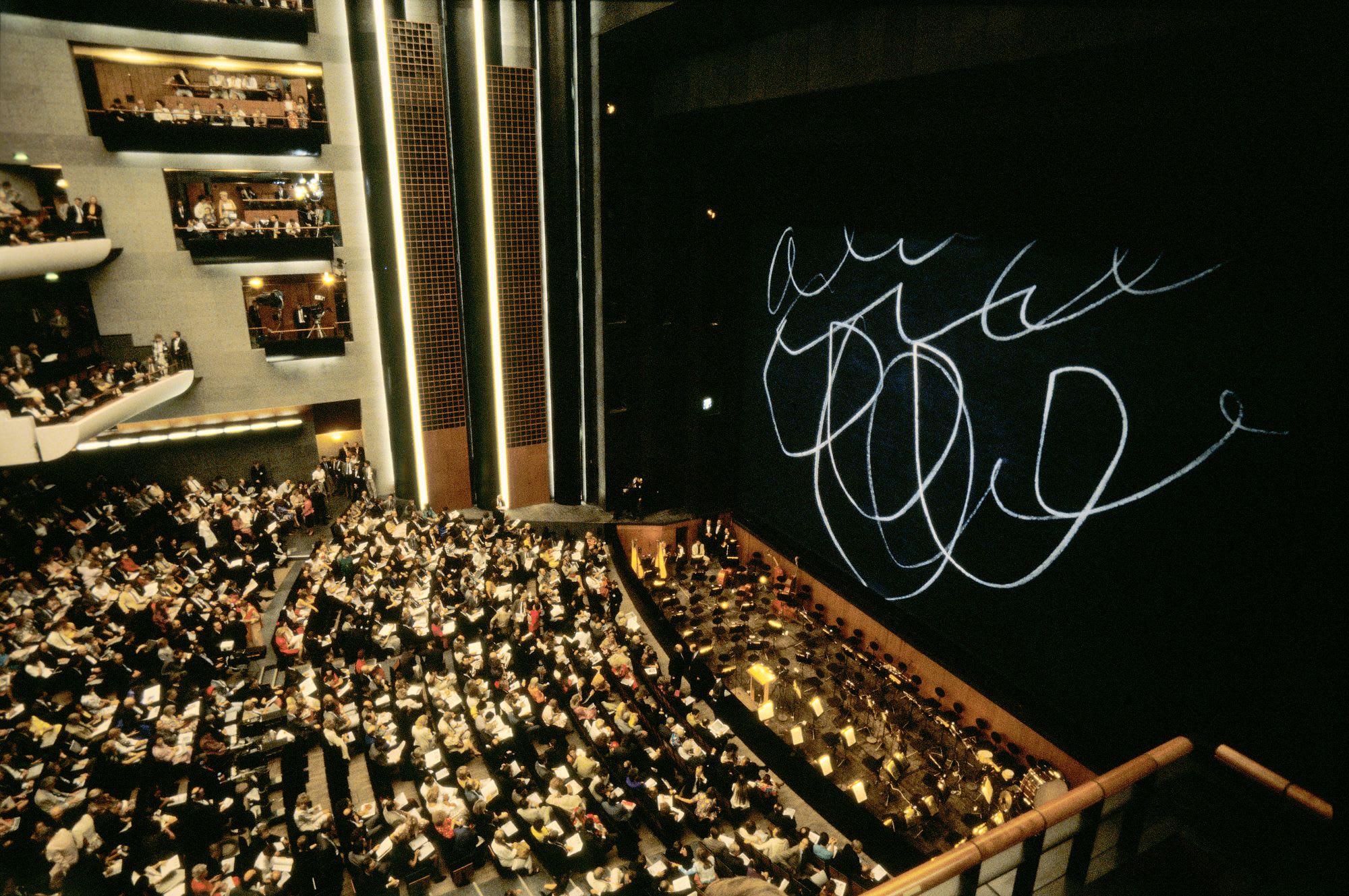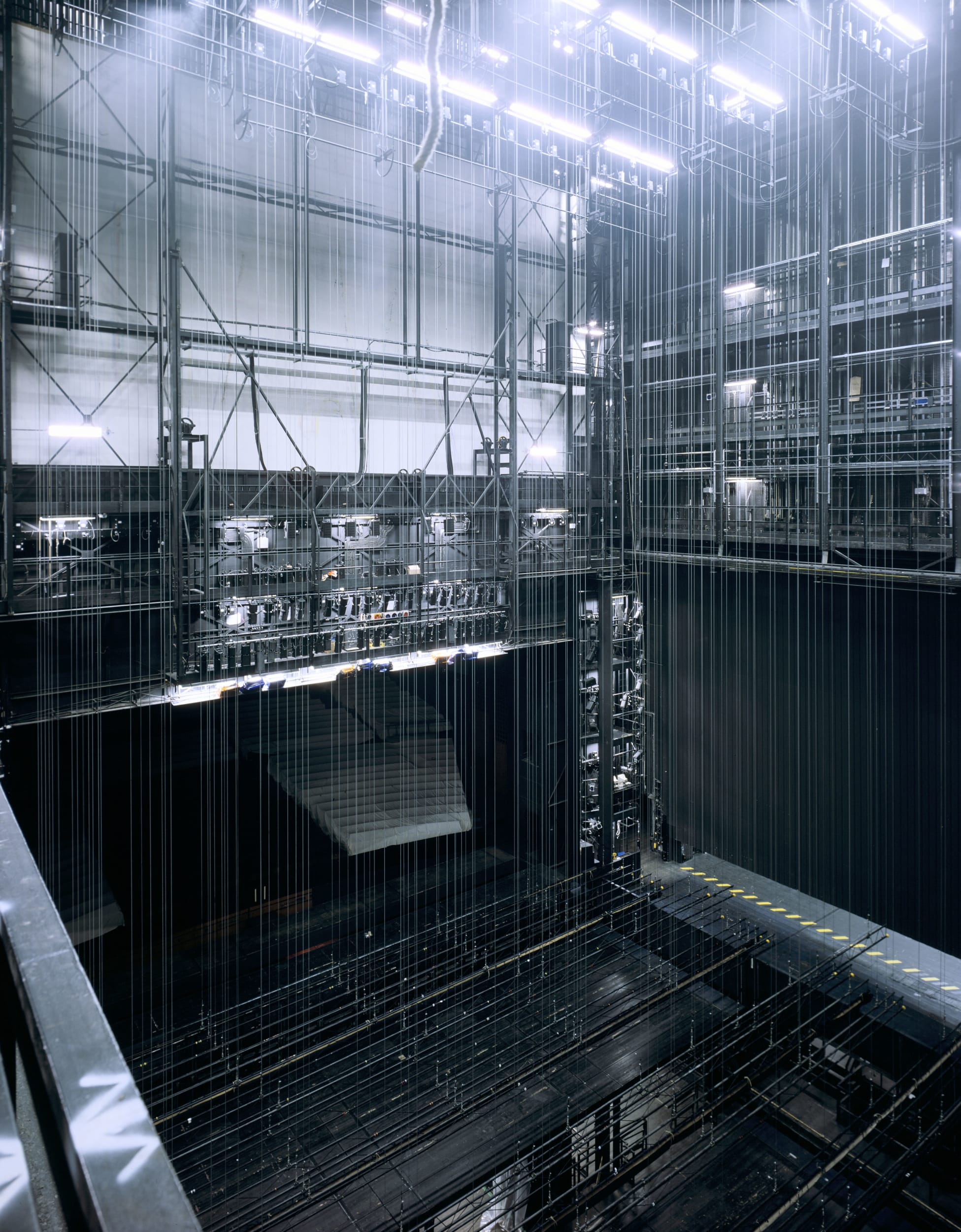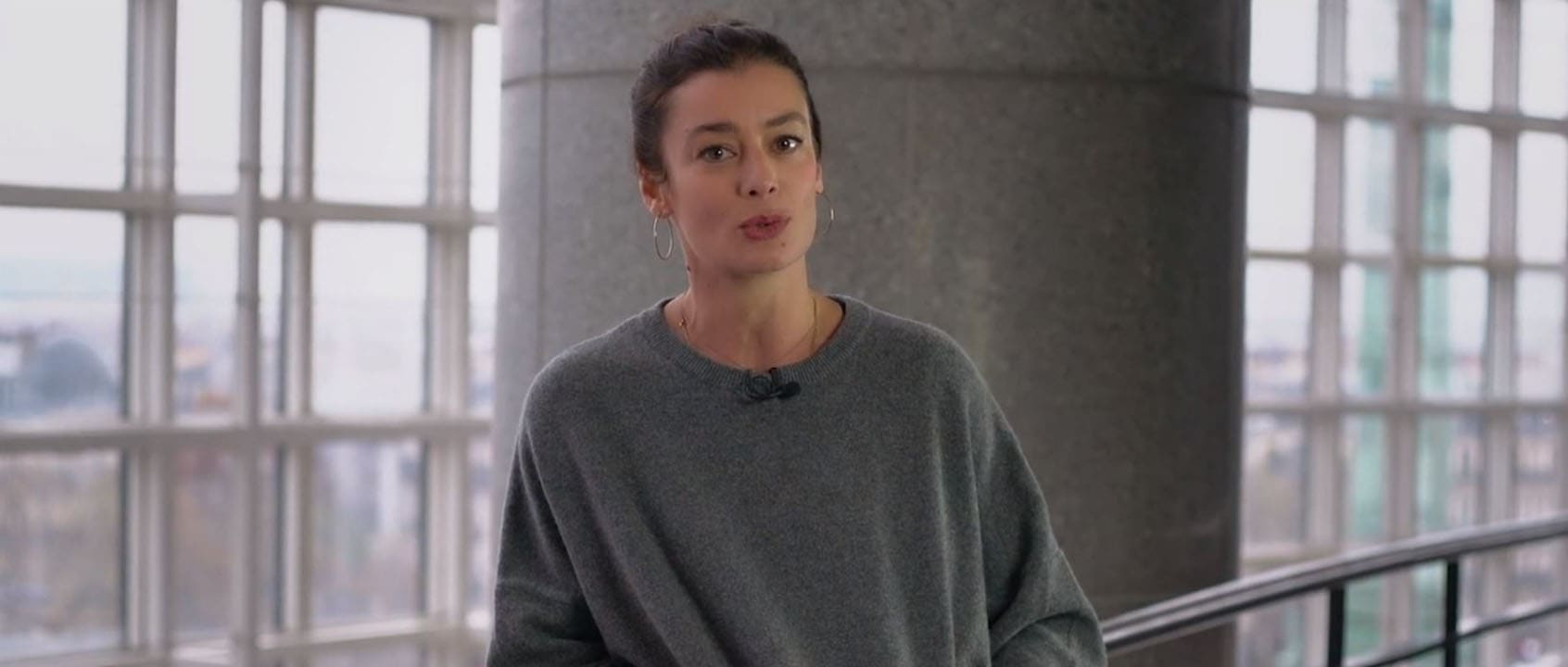Prices
Show / Event
Venue
Experience
No result. Clear filters or select a larger calendar range.
No show today.
Inaugurated on 13 July 1989, the Bastille Opera house is the work of Uruguayan-Canadian architect Carlos Ott. The building is marked by transparent façades and the use of identical materials inside and outside the building.
Containing 2,715 seats and a hall of homogeneous acoustics, unique stage equipment, on-site workshops to make the Opera’s sets, costumes and props, but also studios and rehearsal rooms, the Bastille Opera is a large, modern and unique building in the world theatre, able to produce its own performances.
The Bastille Opera has developed state-of-the-art craftsmanship and technology. Devoted to the making of performances, hundreds of people are combining their efforts and skills throughout the year. An entire city comes to life: stage technicians, sculptors and painters, seamstresses and hairdressers work alongside the singers, dancers and musicians.
Visit the Bastille Opera
Guided tours will take you behind the scenes of this vast and modern theatre, designed in 1989 by Carlos Ott.
Discover the Opera’s spaces
Building the Bastille Opera House
Gallery

© Christian Leiber / OnP

Grande salle de l’Opéra Bastille © Jean-Pierre Delagarde / OnP

Vue du foyer du Studio de l’Opéra Bastille © Jean-Pierre Delagarde / OnP

© Brodbeck & de Barbuat / OnP

Opéra Bastille - Arrière scène © Patrick Tourneboeuf / Tendance Floue / OnP

